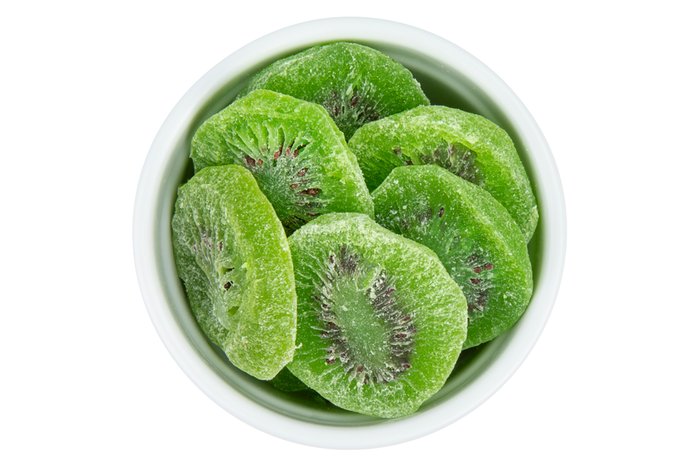Introducing the Taste: What Do Kiwis Taste Like-- A Taste Pleaser
Wiki Article
Checking Out the Unique Qualities and Fascinating Biology of Kiwi: A Comprehensive Study
Welcome to the remarkable world of kiwi! In this extensive research, we will certainly take you on a journey to discover the distinct features and biology of these fascinating birds. From their physical attributes to their feeding routines and reproductive actions, we will certainly dig right into every aspect of their lives. Prepare to be surprised as we reveal just how kiwis have adjusted to their flightless existence and find their environmental significance. Prepare yourself to dive deep into the captivating globe of kiwi!Physical Attributes
What are the physical qualities of a kiwi bird? The kiwi bird is a little, flightless bird indigenous to New Zealand. One of the most distinctive functions of the kiwi bird is its lengthy, slender bill.The kiwi bird has an unique plumage, with soft, hair-like plumes that appear like hair. These feathers are grey or typically brown in color, assisting the bird blend in with its forested habitat. Unlike most birds, the kiwi has tiny wings that are concealed below its feathers and are not functional for flying. Instead, it counts on its solid legs and effective claws for movement.
An additional interesting physical attribute of the kiwi bird is its nostrils located at the pointer of its costs. This adjustment permits them to seek bugs and worms, their main resource of food, in the leaf trash on the woodland flooring (what do kiwis taste like). In addition, the kiwi bird has big, rounded eyes that are adapted for low-light problems, as they are mainly nighttime
Feeding Habits
To recognize the feeding routines of the kiwi bird, you need to observe its foraging habits and dietary preferences. These birds utilize their strong feeling of smell to identify prey concealed beneath the surface area, and then utilize their bill to remove it.In enhancement to bugs, kiwis additionally take in fruits, seeds, and berries. Kiwis have actually been observed feeding on a vast selection of plant types, suggesting their versatility to different food sources.
Surprisingly, kiwis do not have a plant, which is a customized part of the digestive system found in numerous birds. Rather, their food passes straight from the esophagus to the tummy. This might be an outcome of their one-of-a-kind transformative background and ecological niche.
Reproduction and Breeding
Currently allow's dive right into the remarkable globe of kiwi reproduction and breeding, structure upon our previous expedition of their one-of-a-kind feeding routines. They are virginal birds, indicating they develop long-term pairs.Throughout this time, the female kiwi will lay one to 2 eggs, which are uncommonly huge compared to the bird's body size. Kiwi eggs are the biggest of any type of bird in proportion to body weight.
As soon as the chicks hatch, they are birthed totally feathered and able to see (what do kiwis taste like). They are additionally rather bright, meaning they are able to look after themselves reasonably rapidly. Even after the chicks have actually hatched out, the parents proceed to provide treatment and defense for them up until they are totally independent, which can take a number of months.

Adaptations to Flightless Existence
As a flightless bird, the kiwi has undertaken several changes to its anatomy and actions that permit it to grow in its unique setting. Unlike other birds, kiwis have little, vestigial wings that are basically pointless for flying.An additional adaptation that kiwis have created is their solid legs and feet. These functions allow them to successfully run and walk, making up for their lack of ability to fly. The kiwi's legs are muscle and positioned far back on its body, providing it her comment is here with a reduced facility of gravity and ideal equilibrium. Furthermore, its feet are furnished with sharp claws that aid in digging and foraging for food.
In order to endure without the capability to fly, kiwis have actually likewise created a i thought about this keen feeling of odor. Their lengthy, slender beaks residence highly delicate nostrils, allowing them to spot pests and worms below the woodland floor. This impressive adaptation aids kiwis find food resources and maintain a well balanced diet.
Ecological Value
The eco-friendly relevance of kiwi lies in their function as key seed dispersers in their indigenous environment. As they relocate through the forest floor, kiwi forage for bugs, worms, and a selection of plants.The kiwi's capacity to disperse seeds is critical for maintaining the biodiversity and balance of their ecological community. By spreading seeds throughout various locations, they add to the development and abundance of different plant varieties. Consequently, these plants give food and sanctuary for various other animals, producing a web of interdependencies within the environment.
In addition, kiwi play a vital role in controlling the population of specific plant types (what do kiwis taste like). Some plants create a too much variety of seeds, which can lead to congestion and limited sources for various other plants. By consuming and dispersing these seeds, kiwi help control the growth of such plants, making certain a healthier and more diverse environment
The environmental significance of kiwi informative post prolongs beyond their function as seed dispersers. Their burrowing habits likewise adds to dirt oygenation and nutrient recycling, boosting the total health of the forest floor. Furthermore, their feeding habits can help regulate insect populaces, minimizing the threat of parasite outbreaks that can hurt greenery.
Conclusion
To conclude, discovering the special attributes and fascinating biology of kiwi discloses its physical qualities, feeding practices, reproduction and reproducing patterns, in addition to its adjustments to a flightless presence. With its distinctive attributes and eco-friendly value, the kiwi acts as an exceptional example of nature's diversity and adjustment. By appreciating the kiwi and recognizing's duty in its ecosystem, we can further promote conservation efforts to make certain the conservation of this amazing varieties for future generations.
Report this wiki page